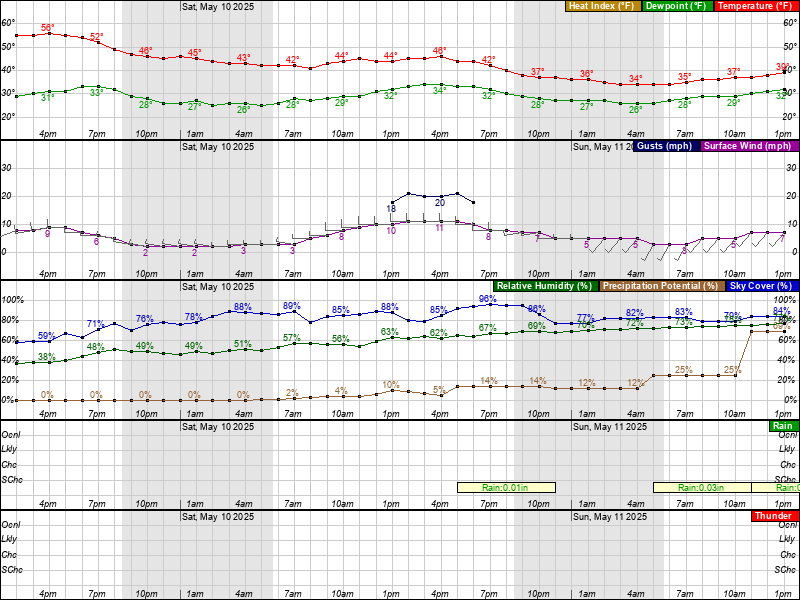Liberty Ridge climbers!
- And all of you folks out there considering any of the other routes on Mt. Rainier this weekend. I will attempt here to help give you more good information about attempting a climb this weekend.
* Yes! There is a bit more snow at 10K and 12K feet this year than normal. This has made climbing conditions great, especially on the non-standard routes, and also for skiers.
* Yes! This is the right time of year to be thinking about a climb of Liberty Ridge.
* Yes! The route goes right now.
HOWEVER!!
* No. This is not shaping up to be a good weekend to attempt climbing Liberty Ridge.
Here is the issue with Liberty Ridge
The route with the highest rescue rate on Mt. Rainier is Liberty Ridge. You have somewhere between a 2-5% chance of being involved in a rescue on this route, depending on how you spin the statistics. We haven't done this, but if you were to analyze the statistics of Liberty Ridge climbers who attempt to climb the route in marginal weather, the % rescue rate, I'm guessing, would be far higher.
In post-incident interviews with rescued parties, they are often quoted as saying, "Up was down," meaning that you can't down climb the route. So escape from the route only tends to put climbers in even more peril as they ascend into worsening, colder, and windier conditions.
What can we do about this?
You need a good, solid, reliable window of obviously good weather before leaving Thumb Rock. What is good, solid, and reliable? Most parties take LONGER than they think to climb from Thumb Rock and return safely to Camp Schurman. Factor this in.
With knowledge of an increased exposure to rescue, underestimating the route, we're saying give yourself at least an 18-24 hour window where there is an obvious, incontrovertable good weather forecast.
What are we looking at this weekend?
Hmm.. Not good. Not obvious. Not incontrovertable.
Where do we start?
Let's look at the Meteogram for Paradise:

And then let's cross-reference this with the UW MM5 Mt. Rainier Cross-Section for Thursday night:
So it's gunna dump big. Lot's of precipitation Thursday and into Friday. And it appears to be along the full elevational profile of the mountain. Expect new and drifted snow. There's quite a bit of wind associated with this weather system, too, so the snow will drift.
By 08:00 am on Saturday, the storm backs off, but another approaches on the horizon and comes in with moist air up high. Check out the image below and pay attention to the upper moisture coming in up high.
By midnight on Saturday and into Sunday, this is what we're dealing with:
As you can see, once again we're getting blessed with more weather up high.
So what's the bottom line:
* This is not a good time to plan to climb a route like Liberty Ridge. There is not a good clear period (18-24 hours) of good, promising weather.













































